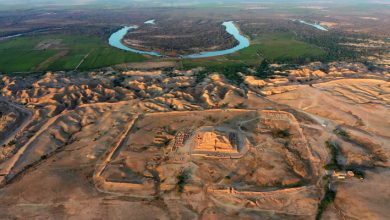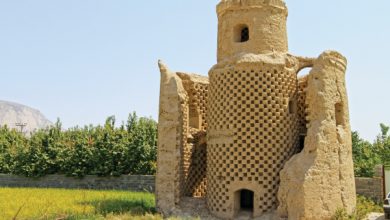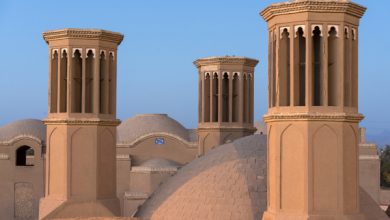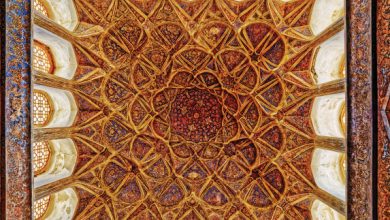
The presence of the tree in mythology and religion is significant as well. Both Zoroastrianism and Islam use trees as symbols of abstract but positive ideas. In Bundahishn, one of the most important Sassanid texts in Pahlavi, two trees are named that grow in the same place, in the heavenly sea of Vourukasha; One is Ham-e Tokhmeh (the Tree of Many Seeds) that is the mother of all plants; the other is Hum Sepid (Haoma) that brings immortality and is the master of a set of plants known as “the Preventers of Death”.
The holy book of Zoroastrians is known as Avesta. In Vendidad a part of Avesta, a tree called Gaokerena is introduced, the one covered by thousands of leaves and known for bestowing immortality. Many Avesta experts regard Gaokerena the same as Haoma. Bundahishn confirms the presence of this tree when telling the story of how Ahura Mazda, the creator, and God of Zoroastrianism, planted a tree near the Ham-e Tokhmeh; a tree that stops aging, revives the dead, and gives immortality; the tree that rests near Ardvi Sura spring and belongs to the Zoroastrian Goddess, Anahita. Anyone that eats it will be immortal. This tree is the master of all plants. The similarity of the tree’s characteristics and its title as the master of all plants prove that both trees are the same but with different names.
In Mēnōg-ī Khradi (Spirit of Wisdom), another important Sassanid text in Pahlavi, two distinct trees are mentioned as well. One is believed as “the appeaser of the dead’s soul” in the Varkesh Sea rested in the deepest part of the sea, where the Farvahi and the fish guard it against evil. The other is the Sorrow Preventer Tokhmeh where Simurgh, the legendary bird, lives. Whenever Simurgh leaves the tree, thousands of leaves and branches grow on it; whereas, once it returns, thousands of branches and leaves are broken and scattered to spread the seeds to the earth.
Moreover, in Quran as well, two sacred trees are mentioned. One is the Never Ending tree and the other is the Olive tree. The Islamic hermeneutic thoroughly explains these two trees in details.
The rest of this article is published in the 2nd number of Gilgamesh international edition



